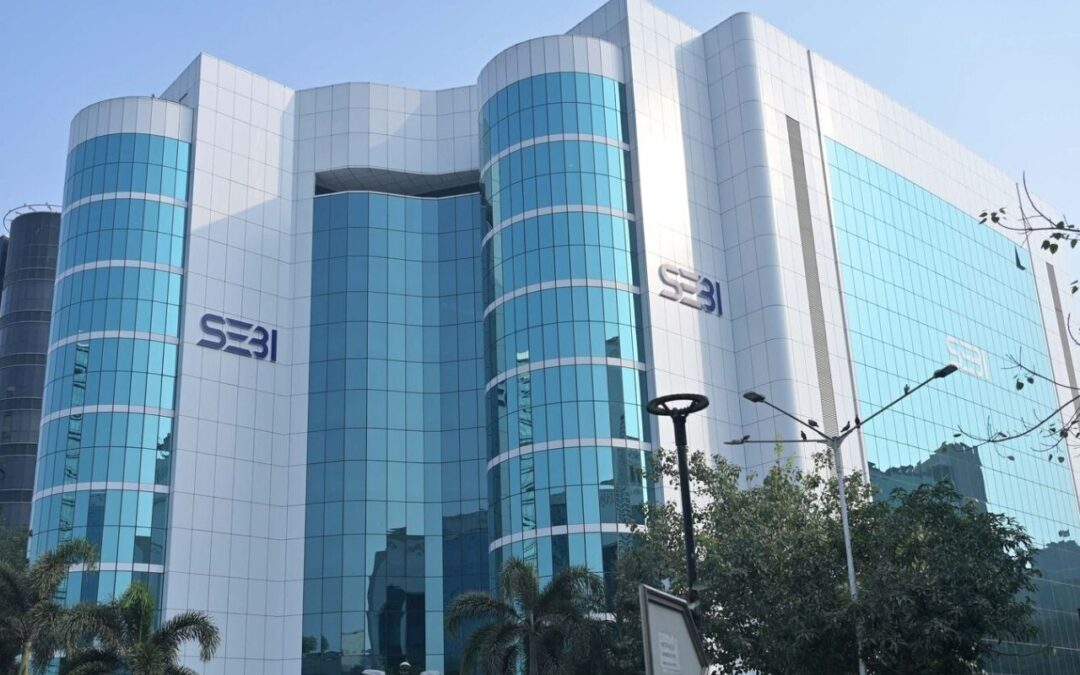Synopsis: SEBI changed the mutual fund fee structure, which reduces the cost for investors and increases transparency. This includes reducing expense ratios for equity mutual funds and excluding statutory levies from total expense ratio limits. This decision is beneficial for investors to save money.
On Tuesday, the Securities Exchange Board of India (SEBI) proposed a restructured fee for mutual funds, which makes it more transparent and cost-efficient. This will reduce the base expense ratio of open-ended mutual fund schemes by 15 basis points and close-ended equity mutual fund schemes by 25 basis points.
- SEBI has proposed that statutory levies like Securities Transaction Tax, Goods and Services Tax (GST), Commodities Transaction Tax, and stamp duty are excluded from Total Expense Ratio limits.
- SEBI published a consultation paper, which says that mutual funds should exclude the brokerage and tax charges from annual fees that customers have to indirectly pay to them to access their services. Currently, mutual funds are charging 12 bps for cash transactions and 5 Bps for derivatives trades.
- Now, regulators are likely to cut these to 2 Bps for cash transactions and 1 Bps for Derivatives trades. To get rid of double charging, investors may end up paying twice, charges which are investment management and Advisory fees and other which covers the Brokerage and transaction fees.
- For retail investors, especially those investing via SIPs, these changes could significantly improve long-term returns. A 15-25 basis point reduction may seem small, but compounded over years, it translates into meaningful savings. SEBI’s move reflects a broader commitment to democratizing investing and making mutual funds more accessible
SEBI just dropped a fee that’s been quietly baked into mutual fund costs since 2012. A 5-basis point charge meant to help fund houses cover distribution and marketing. The goal? Make things leaner and fairer for investors. But to soften the blow for smaller AMCs, SEBI bumped up the expense ratio limits by 5 bps in the lower AUM slabs. So, while one fee goes out, another quietly steps in to balance the books
Also read: Top 10 Best-Performing Large Cap Mutual Funds with Highest AUM; Do You Hold Any?
Before vs After Fee Structure
| Fee components | Old rate | New rate |
| Cash transaction charges | 12 bps | 2 bps |
| Derivatives transaction charges | 5 bps | 1 bps |
| Statutory levies | Included | Excluded |
Investors should keep an eye on revised fund fact sheets and expense disclosures. As AMCs recalibrate their fee structures, transparency will improve, but it’s wise to compare pre- and post-change costs to ensure your fund remains competitive.
Final Thoughts
The Consultation paper, which is published by SEBI, takes out brokerage and tax charges from annual fees and excludes Statutory levies like Securities Transaction Tax, Goods and Services Tax (GST), Commodities Transaction Tax, and stamp duty from Expense Ratio. And cut the cash transaction and derivatives trades to 2 bps and 1 bps, respectively.
Written by Yatheendra N



